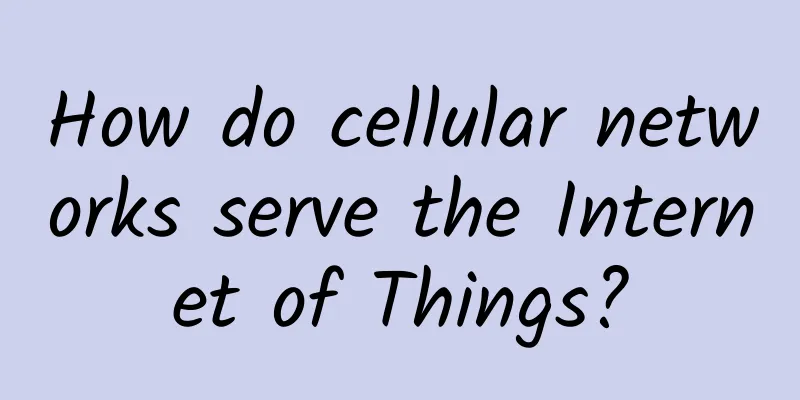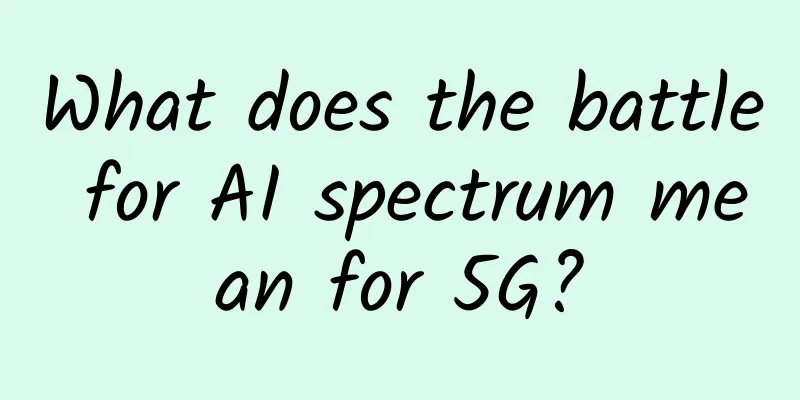Securing the edge cloud and 5G: How to do it and why it matters

|
The fourth industrial revolution, known as 4IR or Industry 4.0, is in full swing. It focuses on automation, device connectivity, machine learning, and real-time data. The intersection of 5G and edge computing technologies is a core component of Industry 4.0, which is expected to reshape industries, change the way security is implemented, and revolutionize business operations. Understanding how 5G and edge computing will impact use cases and change security approaches will prepare organizations for this rapidly approaching new era. What is edge cloud computing?Cloud computing is the provision of computing services such as servers, databases, software, etc. over the Internet to provide faster innovation, flexible resources, and economies of scale. A new concept that has become popular in the past few years is edge cloud computing, which places resources closer to user devices (or the "edge" of the network) rather than in a cloud data center that may be miles away. Edge cloud is changing the way data is processed, handled, and delivered. Most cloud service providers, such as Azure, Amazon Web Services, and Google Cloud Platform have released their cloud-to-edge capabilities to extend cloud networks. Faster network technologies, such as 5G, allow edge cloud systems to accelerate the creation or support of real-time applications, such as video processing and analytics, self-driving cars, artificial intelligence, and robotics. While early goals of edge computing were to address the bandwidth costs of transmitting data over long distances, the rise of real-time applications that require processing at the edge is driving the technology forward. What is 5G?5G, or fifth-generation broadband cellular network technology, replaces 4G. 5G provides network capabilities, increased bandwidth, and lower latency, resulting in faster internet speeds and improved connectivity and reliability for mobile devices. 5G networks can be used in three main ways: 1. Enhanced Mobile Broadband (eMBB): Improves data transmission rates, facilitating high-traffic services such as augmented reality (AR) and virtual reality (VR). 2. Ultra-reliable low-latency communications (URLLC): Reduces data transmission delays (latency), which is beneficial for remote technologies such as self-driving cars. 3. Massive Machine Type Communications (mMTC): It supports multiple base station connections at the same time, which is conducive to the development of the Internet of Things (IoT). 5G was created primarily to benefit businesses and the public sector as it is designed to solve many issues surrounding heavy data consumption and increased use of mobile devices within businesses. Drawing Parallels: 5G EdgeUsing an edge cloud is the only way for 5G to meet the latency targets that have been set. Latency, defined as the time it takes for data to be uploaded from a device and reach its destination, is expected to drop from 50 milliseconds to 1 millisecond with the transition from 4G to 5G. For many applications, 5G and an edge cloud are required to achieve optimal performance. For data-intensive applications, it would be expensive to constantly send data back to the cloud, even with 5G. However, by using an edge cloud, data can be cached, analyzed, and filtered, with only the necessary data sent back to the cloud (see figure below). For businesses, lower latency will make cloud services and applications more responsive and capable, meaning less employee downtime and almost instant access to files and information that employees rely on every day. Businesses that rely on collaborative solutions to communicate internally and with clients will experience seamless video conferencing and client presentations will not lag in communication. Combining 5G with edge cloud (also known as “5G Edge”) will increase resiliency, provide real-time interactions, and deliver a better user experience. Security risksSafe Use: RetailThe retail industry will be transformed with the rise of 5G and edge cloud. Retailers will be able to interact with customers in new ways by using AR and VR. For example, using AR and VR, retailers can guide consumers through a physical store to the exact location of a product of interest. In addition, using IoT embedded sensors, retailers can see their inventory in real time, which can speed up response and replenishment time. As with any new technology, there are new security issues that need to be addressed. For example, as the number and types of devices on the network continue to increase, a larger attack surface will be created. In addition, retailers may not have the resources to manage the lifecycle, security, and data policies of these new devices on their networks. Therefore, organizations must develop methods to test and evaluate the embedded systems and firmware in these IoT devices to understand the associated cyber risks. Safe Use: HealthcareVast amounts of data are constantly being generated in healthcare, which often goes unused due to outdated or legacy network architectures. 5G Edge can accelerate growth through real-time information exchange enabled by low latency. For example, data collected through cameras and sensors will be easier to analyze. Thus, when monitoring a patient’s vital signs in a hospital or tracking daily health statistics (via wearable technology), healthcare providers can receive alerts about meaningful health changes. Some of the security challenges that the healthcare industry needs to consider are vulnerabilities in edge devices (such as cameras and sensors) that result from the increased number of connections and bandwidth used. In addition, data security protocols and policy implementations (such as VPNs and IP access) will need to be regularly monitored and maintained to ensure the confidentiality of patient data. Before implementing any new software or technology, it is important to assess all the risks involved and confirm that the organization is ready to address them. Get ready for 5G and edge cloudTo get started with 5G and edge cloud, we recommend: Step 1: Understand how it impacts the business. Start scoping your current environment and understanding how it is set up by interviewing stakeholders and performing a security risk assessment. Understand how 5G Edge can benefit the enterprise and document existing use cases. Once you have documented your 5G Edge use cases, proceed to the next step. Step 2: Build and design the 5G edge architecture. Building on the previous step, prioritize data security, consider management as a system scale, and add innovation to start developing a future state architecture. Be sure to pay attention to what a successful implementation looks like. Step 3: Explore different 5G Edge vendors. There are many vendors offering 5G Edge solutions. Explore which one is right for your business and make sure it meets your business and security requirements as well as the use cases from step 1. While 5G and edge cloud can exist independently, together they create a force that will transform business operations and security of currently isolated and underutilized edge devices. The intersection between edge cloud and 5G will allow for rapid decision making that will impact how organizations maintain their leading edge. It will also impact the way edge devices are managed and secured based on use cases. Organizations should prepare for these inevitable and impending changes, which will be rapid and impactful. |
<<: What is SSH? A detailed explanation of the principle is enough to read this article!
>>: Ten pictures and five questions to help you thoroughly understand Kafka architecture tuning
Recommend
RAKsmart: Bare metal servers in the US/Japan/Hong Kong starting from $49/month, 35% off for first order of bare metal cloud/VPS/cloud server for new users
RAKsmart has some new changes in this month's...
Is 5G really invincible? The sixth generation of Wi-Fi disagrees
With the official commercialization of the fifth ...
Don't blame the operator, your home Internet speed may be stolen by it
"What's your Wi-Fi password?" When ...
DeepMind Nature published: AI achieved major progress in mathematics for the first time
[[439094]] Mathematics is an ancient discipline t...
5 web trends you need to know about in 2021
On December 14, 2020, a massive network outage ca...
Taking multiple measures! Operators are preparing for 5G construction in 2021
As the year draws to a close, major operators hav...
Software Defined Data Center (SDDC) Architecture for Beginners
Software-defined data center is a data management...
The 18th China Enterprise Annual Selection List for 2023 was announced: Huawei's high-quality Ethernet all-optical network solution won the 2023 IT Industry Campus Network Excellent Solution Award
In November 2023 , the " China Enterprise &q...
Akamai launches first NFT artwork to visualize Internet activity
May 25, 2022 - Akamai Technologies, Inc. (NASDAQ:...
How future technologies will improve physical security in data centers
In recent years, the demand for security solution...
Will 5G applications enable hardware storage updates or the expansion of cloud services?
As functional evolution and experience improvemen...
7 Advantages and 4 Challenges of Hosting
Colocation, which involves placing IT equipment i...
my country has initially built the world's largest 5G mobile network
"Since the implementation of network speed-u...
Effective Risk Management in Data Centers
Today, data center managers are constantly battli...
The three major operators made 457 million yuan a day in the first three quarters! How much did you contribute?
On the evening of the 22nd, China Telecom disclos...









